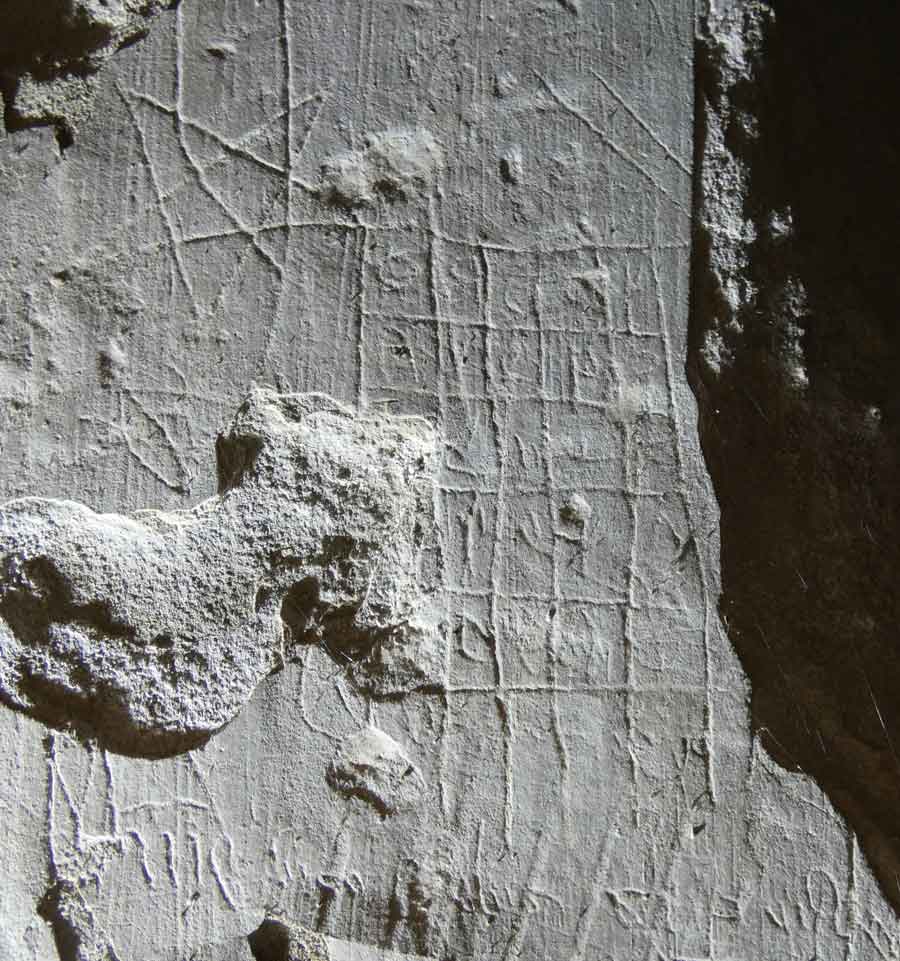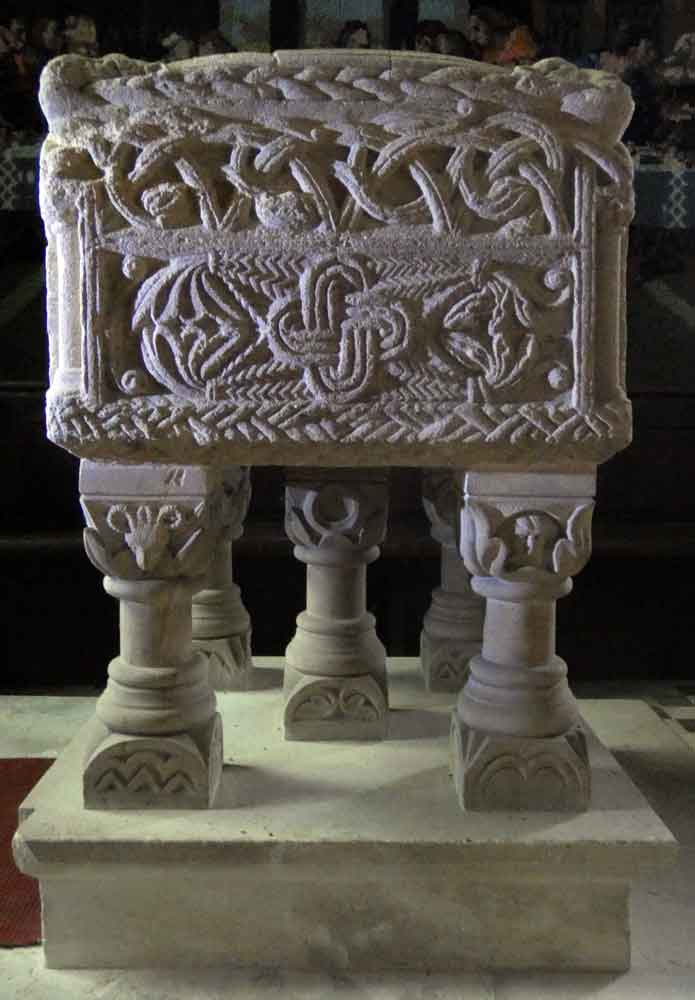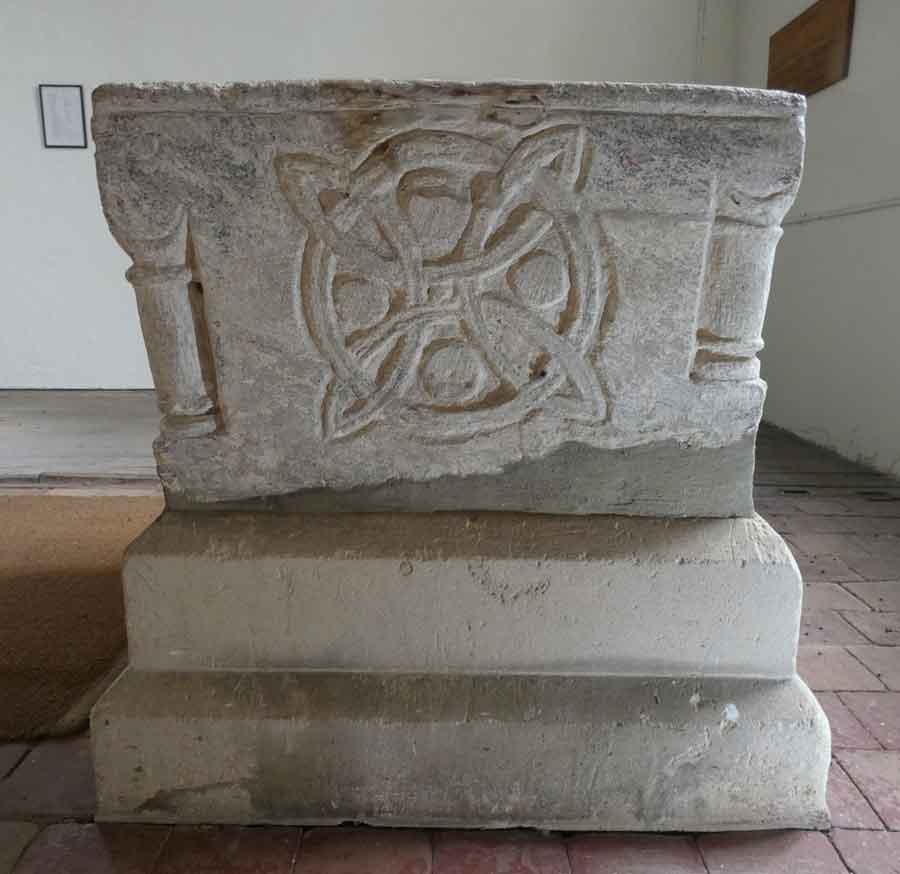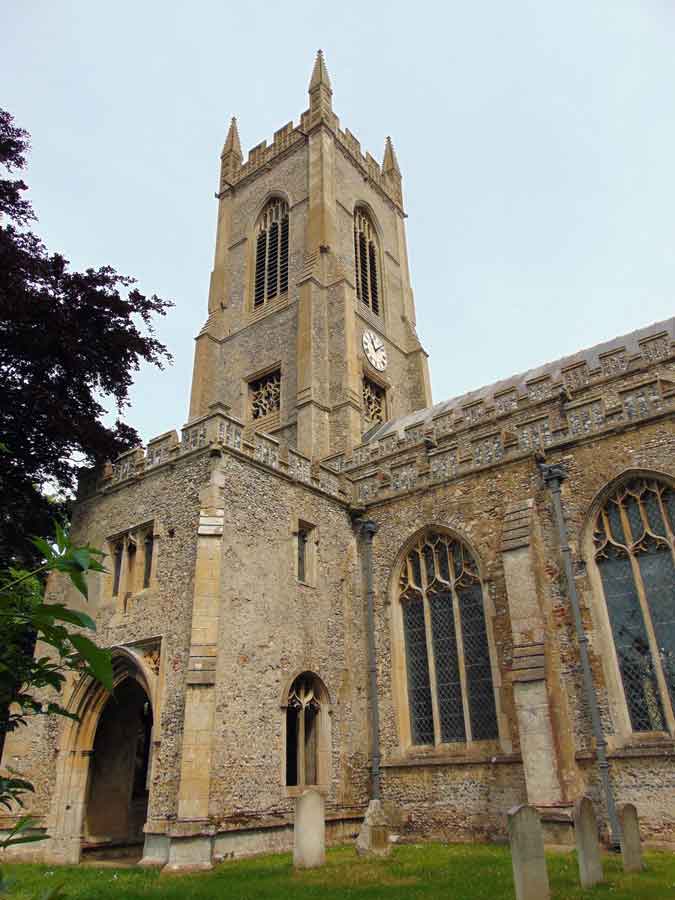Alphamstone church, Essex.
The church is unusual, reputedly built on a Bronze Age burial mound, with sarsens built in to the wall - but nowhere near as weird as some of the vicars and rectors throughout history.
A short thread.
The church is unusual, reputedly built on a Bronze Age burial mound, with sarsens built in to the wall - but nowhere near as weird as some of the vicars and rectors throughout history.
A short thread.

My favourite has to be Nicholas le Grice, the Tudor vicar who recorded all his good works on the walls in graffiti.
'This chancel was repaired with new timber work by me Nicholas le Gryce, Parson, Anno 1578'
'This chancel was repaired with new timber work by me Nicholas le Gryce, Parson, Anno 1578'

In case you missed it the first time...
Le Grice wasn't just known for his 'good' works.
In the 1570s he was repeatedly in trouble - and in court - for illegally enclosing the local common land for his own use and profit.
Le Grice wasn't just known for his 'good' works.
In the 1570s he was repeatedly in trouble - and in court - for illegally enclosing the local common land for his own use and profit.

Not the smartest cookie either...
To save cash Nicholas insisted his new young housemaid share a bed with his teenage son.
Unsurprisingly the maid ended up with child.
So he fired her, and sent his son away.
He didn't record THAT on the walls...
To save cash Nicholas insisted his new young housemaid share a bed with his teenage son.
Unsurprisingly the maid ended up with child.
So he fired her, and sent his son away.
He didn't record THAT on the walls...

Nicholas was not the only priest to make heir mark, and the walls of the church are covered in graffiti, from the medieval to the early modern, including some very fine compass drawn examples. 

And there's magic on the walls...
Perhaps most unusual amongst all the graffiti is this rather degraded example of a 'Rotas square' - a quasi-magical Christian symbol that had its origins back in the Roman period.
en.wikipedia.org/wiki/Sator_Squ…
Perhaps most unusual amongst all the graffiti is this rather degraded example of a 'Rotas square' - a quasi-magical Christian symbol that had its origins back in the Roman period.
en.wikipedia.org/wiki/Sator_Squ…

• • •
Missing some Tweet in this thread? You can try to
force a refresh


























